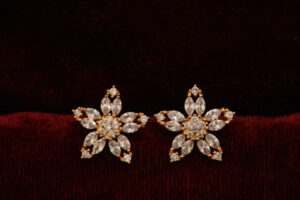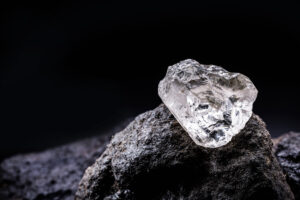
For most of us, diamonds are alluring simply because they were dug out of the deep earth and the fact that each stone is unique in its own way. However, lab grown diamond rings are largely replacing natural diamond engagement rings, as many women find the cost of lab grown diamonds more appealing.
Synthetic Or Man-made?
Many are overwhelmed by the multiple names and terms used to describe and define lab grown diamonds and gems. One such usage is the term “synthetic” when referring to diamonds manufactured in a laboratory. Here, synthetic does not equate to fake or imitation. A synthetic diamond has the exact same crystal structure and chemical composition as that of a natural diamond. This implies that both natural and man-made diamonds are exactly the same, except for the place of origin. The confusion that arises from the naming has prompted many synthetic diamond producers to go with the term “lab grown” when referring to man-made diamonds.
Simulant Or Synthetic?

A bit more confusing is the interchangeable usage of the terms “synthetic” and “simulant” while referring to man-made diamonds. Although both these terms sound alike and look like they represent the same kind of diamond, that is not the case. While a synthetic diamond is one grown in a lab and has the same crystal structure and chemical composition as a natural diamond, a diamond simulant is a substitute that looks like a diamond, but is made up of different material and has a chemical composition and crystal structure different from that of a natural diamond.
For example, natural sapphire or a lab grown or synthetic sapphire that looks like a diamond can be a diamond simulant, but never a synthetic diamond. It will always be a synthetic sapphire that just looks like a diamond. Moissanite is another good example of a diamond simulant. It is a man-made gem that looks like a diamond and has heat dispersing properties like a diamond. This creates a bit of confusion among testers since heat dispersal is a popular method employed for testing whether a gemstone is a diamond. The confusion is resolved by checking the crystal structure or chemical composition of Moissanite; both are very much different from that of a diamond. Moissanite, therefore, tests as a diamond simulant and not a synthetic diamond.
A lot of people love using and wearing shiny rocks and gemstones. Whether to go for highly expensive natural stones or to choose synthetic stones or simulants, is a choice entirely dependent on the buyers and their preferences.
